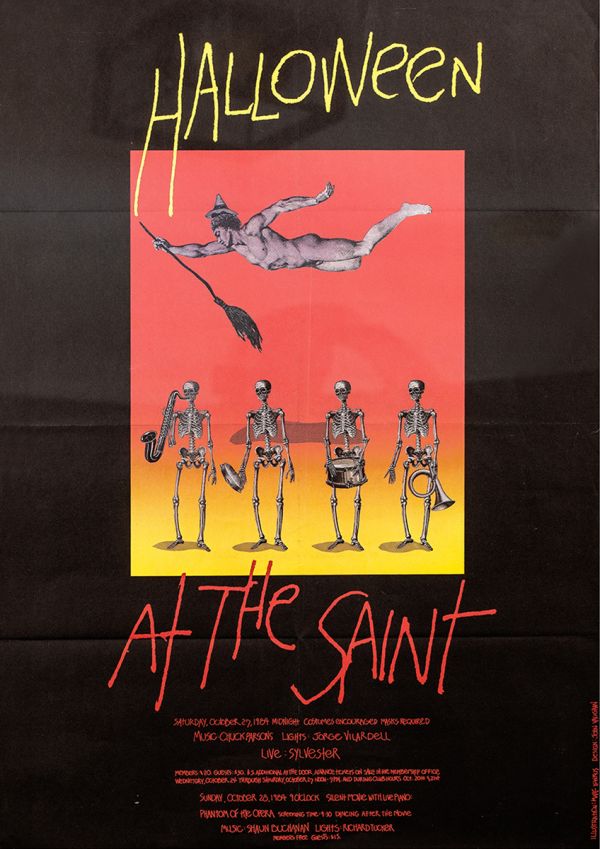
The Saint Collection
Created for Manhattan’s famous gay disco, The Saint, this stunning poster archive consists of 33 extraordinary pieces and date from 1982 through 2004. The super club (as it was originally designated) opened September 30, 1980 and closed April 30, 1988. However, its spirit, the music and, of course, the dancing and everything that went with it, continues on as The Saint At Large.
These pop-up events included the infamous Black and White Parties and annual Halloween and New Year’s Eve fantasy extravaganzas. As a club, The Saint pushed the limits of the experience and architecture of the discotheque, and its design created an environment for gay men to live openly and find a sense of community. Its importance in New York’s LGBT movement is now recognized by the NYC LGBT Historic Sites Project.
Yiddish Theater
The theater, from which The Saint rose, was located at 105 Second Avenue near East 6th Street in the Lower East Side of Manhattan (now the East Village). It started out in 1926 as the Commodore Theater, featuring Yiddish entertainment, as that section of Second Avenue was known at the time as the “Yiddish Theater District”.
The Fillmore East
Although it no longer stands, when it became Fillmore East, its new name went on to capture the zeitgeist of three extraordinary years (1968 – 1971). Because, In just three years the legendary Rock impresario, Phil Graham, turned this 2700 seat, faded, Depression-Era movie palace into the “Church of Rock ‘N’ Roll.” Those who performed there (on a regular basis — two shows a night) became rock legends and the “Fillmore East” their Carnegie Hall.
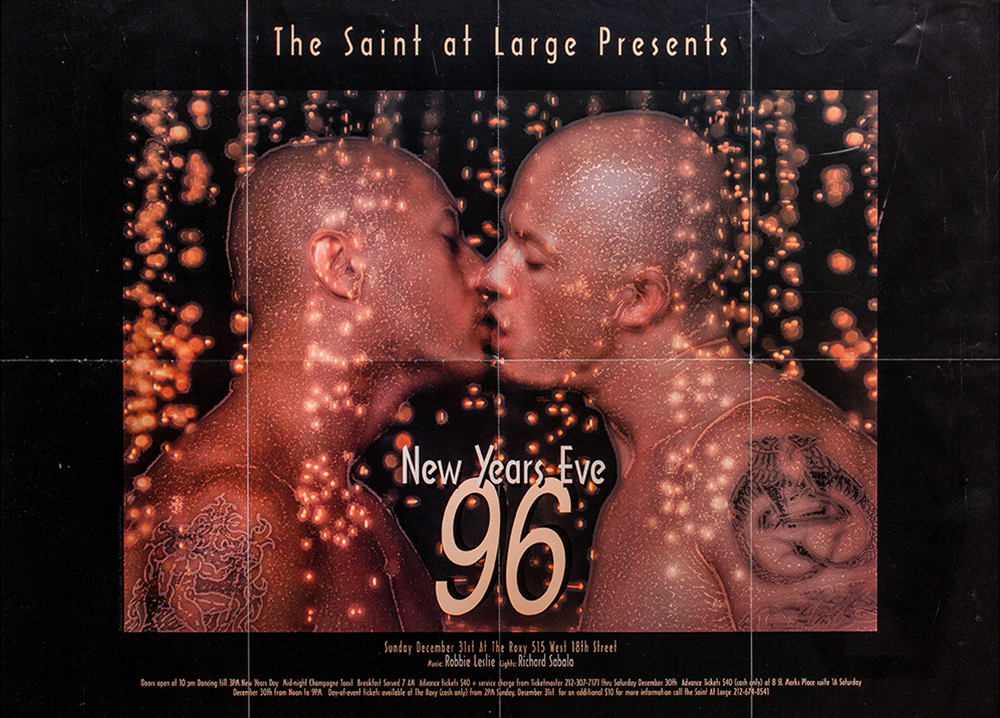
A Saint To Behold
Opened by Bruce Mailman and his business partner and architectural designer, Charles Terrell, The Saint was a gay, members-only club and disco, and a wonder to behold. The old Fillmore East was gutted and replaced by a three-level dance club at the cost of $4.5 million or $14.2 million by 2020 dollars. It is considered by many to have been New York’s most spectacular dance club and one of the most expensive gay business investments ever attempted.
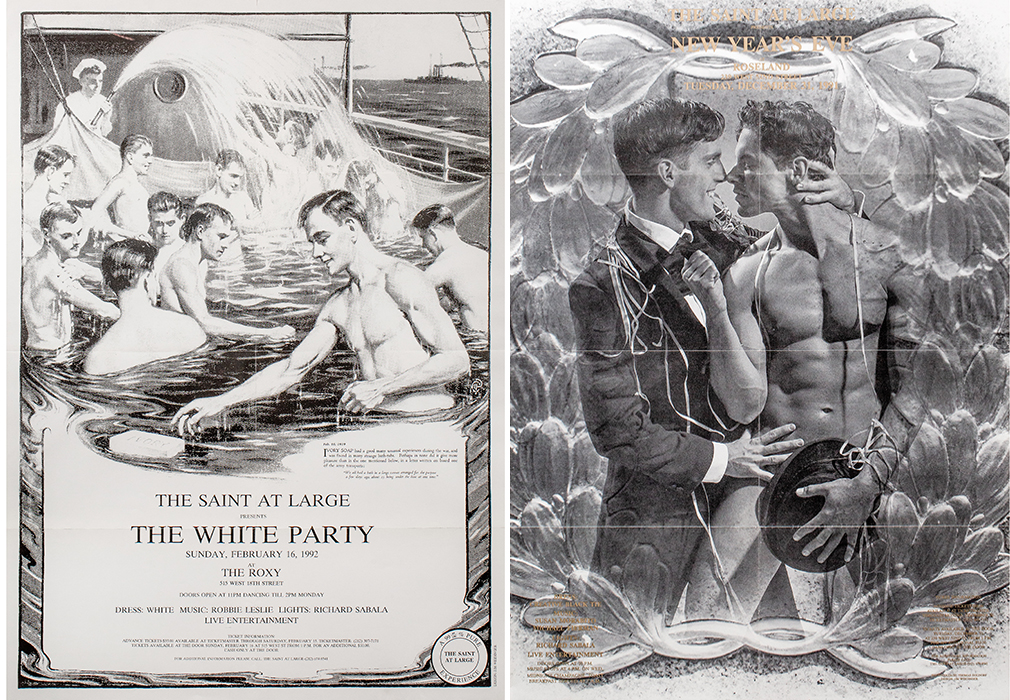
The Saint’s Design
The circular dance floor (5,000 square feet or 460 square meters) was topped by a perforated planetarium dome 76 feet (23 meters) in diameter and 38 feet (12 meters) high. The dome served as a spectacular palette for the lighting effects. A circular opening at the dome’s center could be automatically opened and closed to allow a large mirrored disco ball to be lowered into the space. In the center of the dance floor was a circular light tree constructed on a hydraulic lift. It contained 1,500 lights and, as its centerpiece, was a rotating, dual Spitz Space System hemisphere star projector, ten times brighter than those used in planetariums.
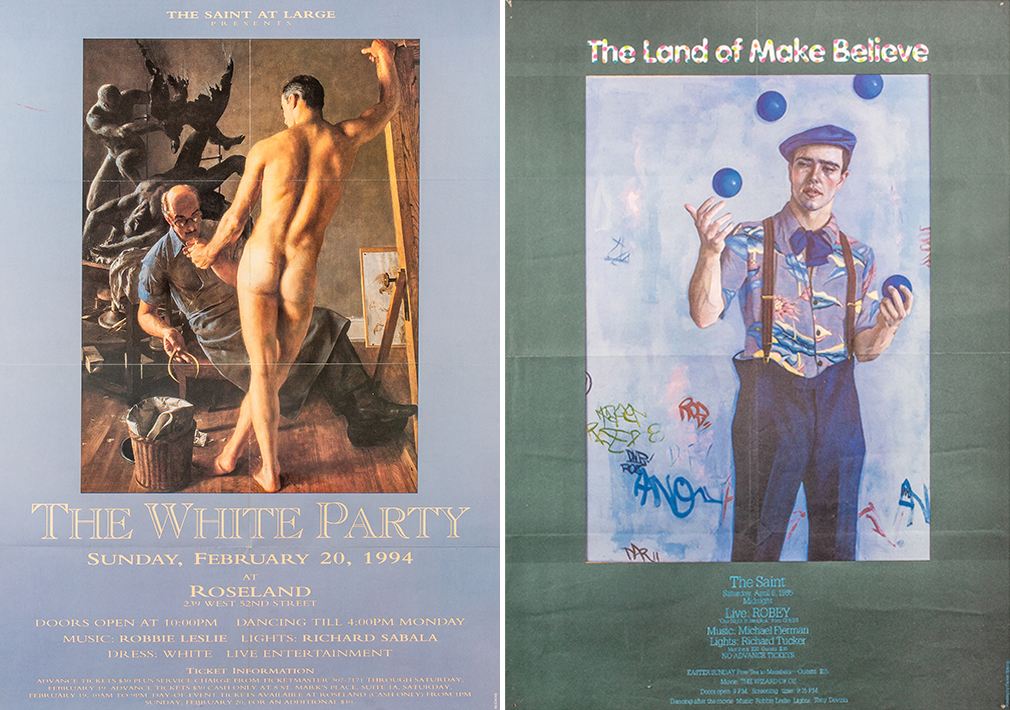
The Saint’s Sound
The speaker cabinets were located on, and attached directly to, the outer surface of the dome, creating a very euphonic “surround sound” effect. The sound system consisted of 500 speakers generating 26,000 watts.
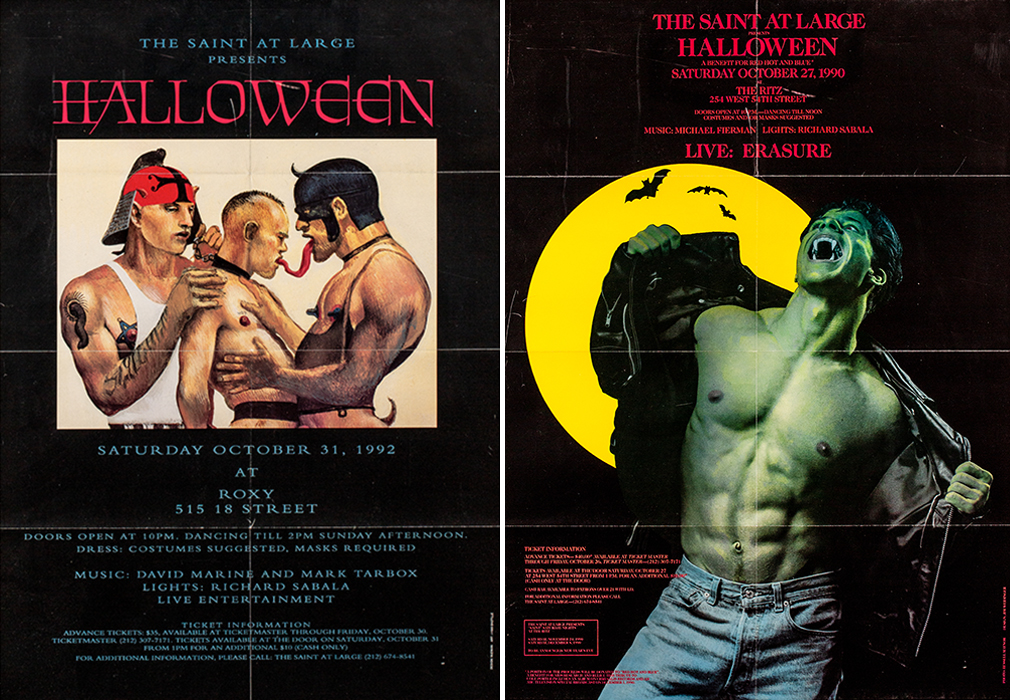
The Saint’s Added Features
Directly underneath the dance-floor level was a large lounge with several juice bars. Beer on tap was sometimes served for free to avoid the licensing oversight of the New York State Liquor Authority. Above and outside the dome was what would become the controversial balcony, where patrons could see down to the dance floor, through the scrim of the dome. It was there that men relaxed and, according to the sexual mores of the times, could indulge in sexual activities.
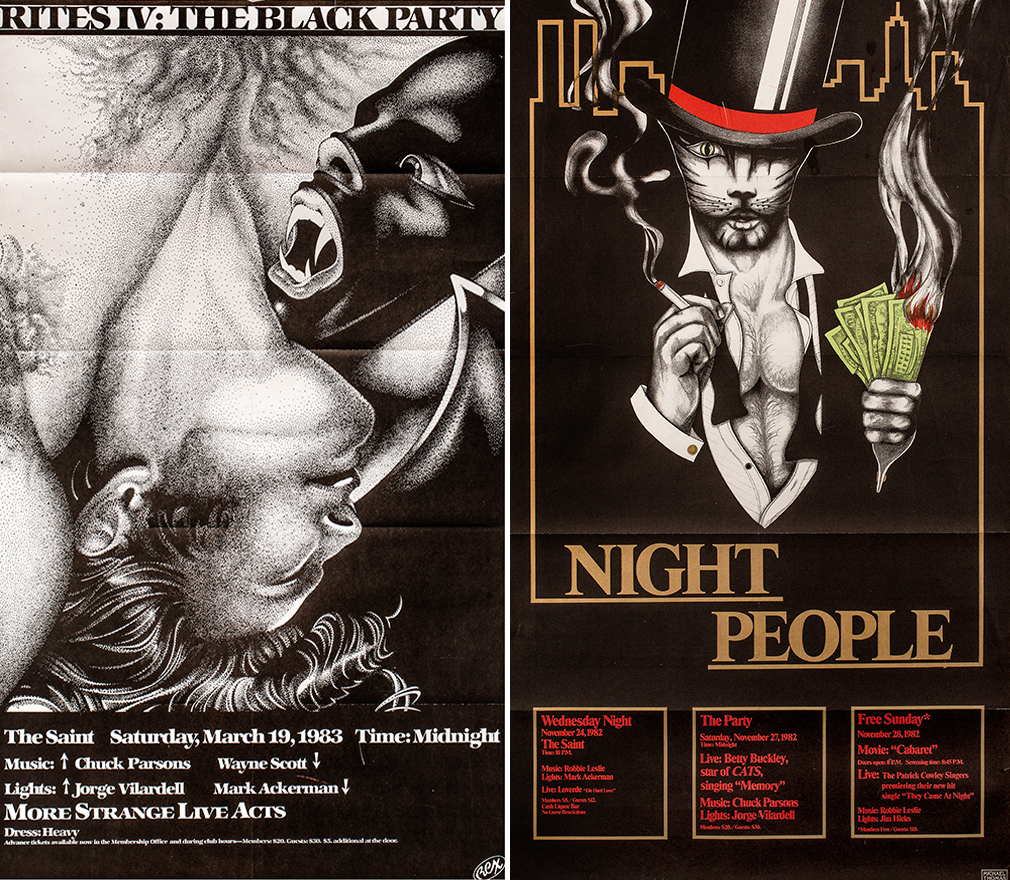
The Saint Effect
For a first-time visitor, or someone blitzed on drugs, their entrance could be mind-warping. After they ascended a short flight of stairs, suddenly they were on the dance floor, surrounded by 360 degrees of music and light show and perhaps more than a thousand sweating, half naked men – a supernova of energy.
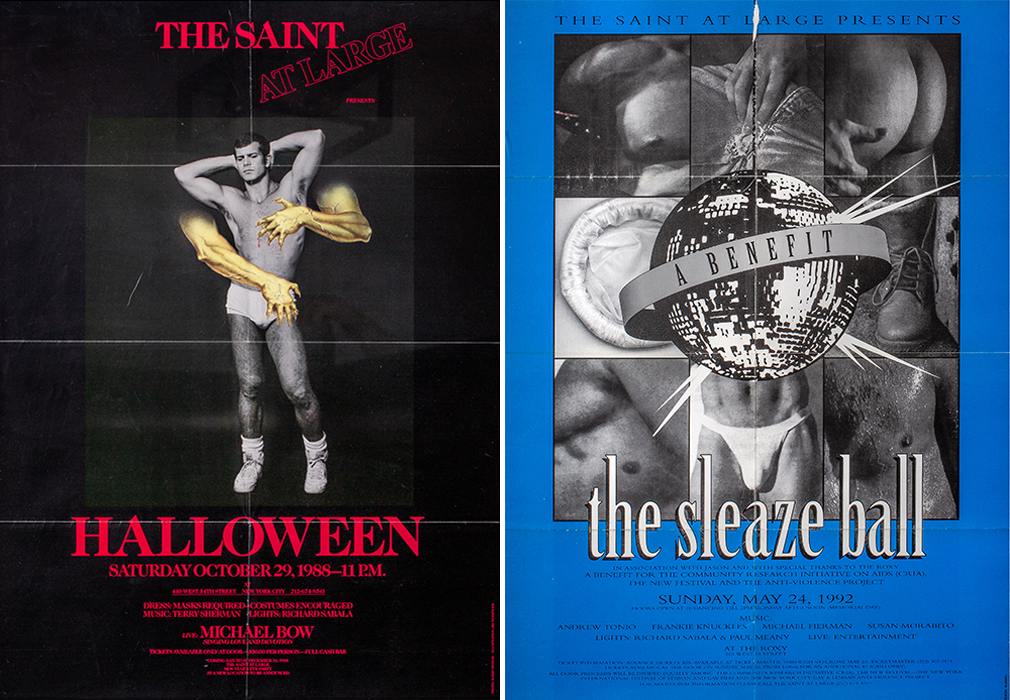
Live Performances
The Saint was also known for the quality of its performers. At showtime, a part of the dome would retract and stars from the pop music and theater would perform. It became the standard against which all New York clubs were measured – many opened, closed and remodeled in the shadow of this giant. It was renowned for its inovation, design, annual makeovers, and even for its extravagant floral arrangements.
It is no exaggeration to say that The Saint was built for “Industrial Strength” sensation.
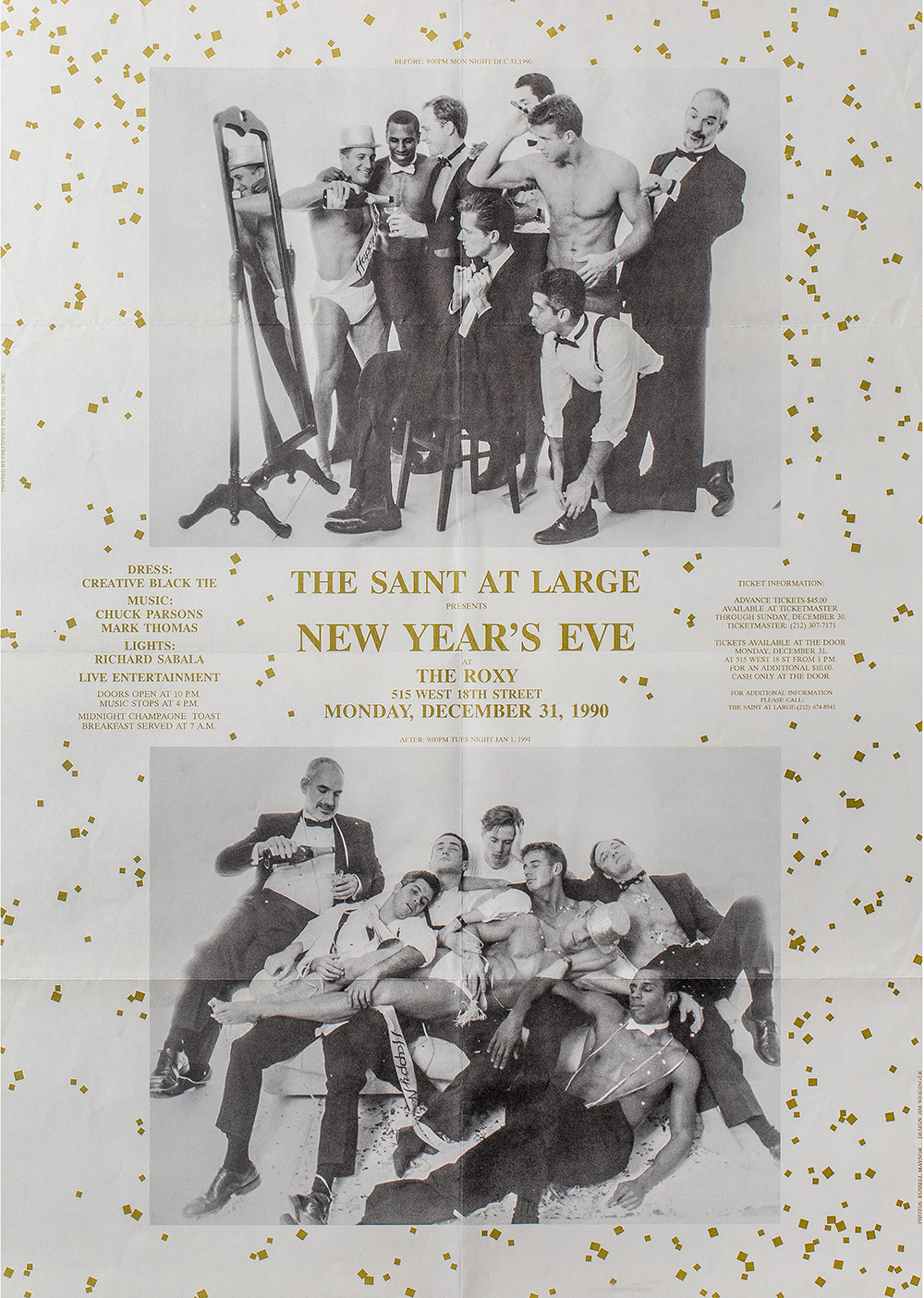
Even A Saint Doesn’t Last Forever
By the end of The Saint’s second season, AIDS had begun eating through the fabric of gay life in New York City and to take a heavy and relentless toll on its membership. Change came quickly. Membership costs were lowered and the season extended into the summer so that it remained open almost year round. By its seventh season, membership costs had fallen to $50. It also opened week nights for a straight crowd. By 1988 The Saint was no longer financially viable. Bruce Mailman closed the club on April 30, 1988 and began creating The Saint At Large pop-up events for their clientele, which would continue until 2004. –Wikipedia
To view the The Saint Poster Archive CLICK HERE
- African American Movie Memorabilia
- African Americana
- Black History
- Celebrating Women’s HistoryI Film
- Celebrity Photographs
- Current Exhibit
- Famous Female Vocalists
- Famous Hollywood Portrait Photographers
- Featured
- Film & Movie Star Photographs
- Film Noir
- Film Scripts
- Hollywood History
- Jazz Singers & Musicians
- LGBTQ Cultural History
- LGBTQ Theater History
- Lobby Cards
- Movie Memorabilia
- Movie Posters
- New York Book Fair
- Pressbooks
- Scene Stills
- Star Power
- Vintage Original Horror Film Photographs
- Vintage Original Movie Scripts & Books
- Vintage Original Publicity Photographs
- Vintage Original Studio Photographs
- WalterFilm
